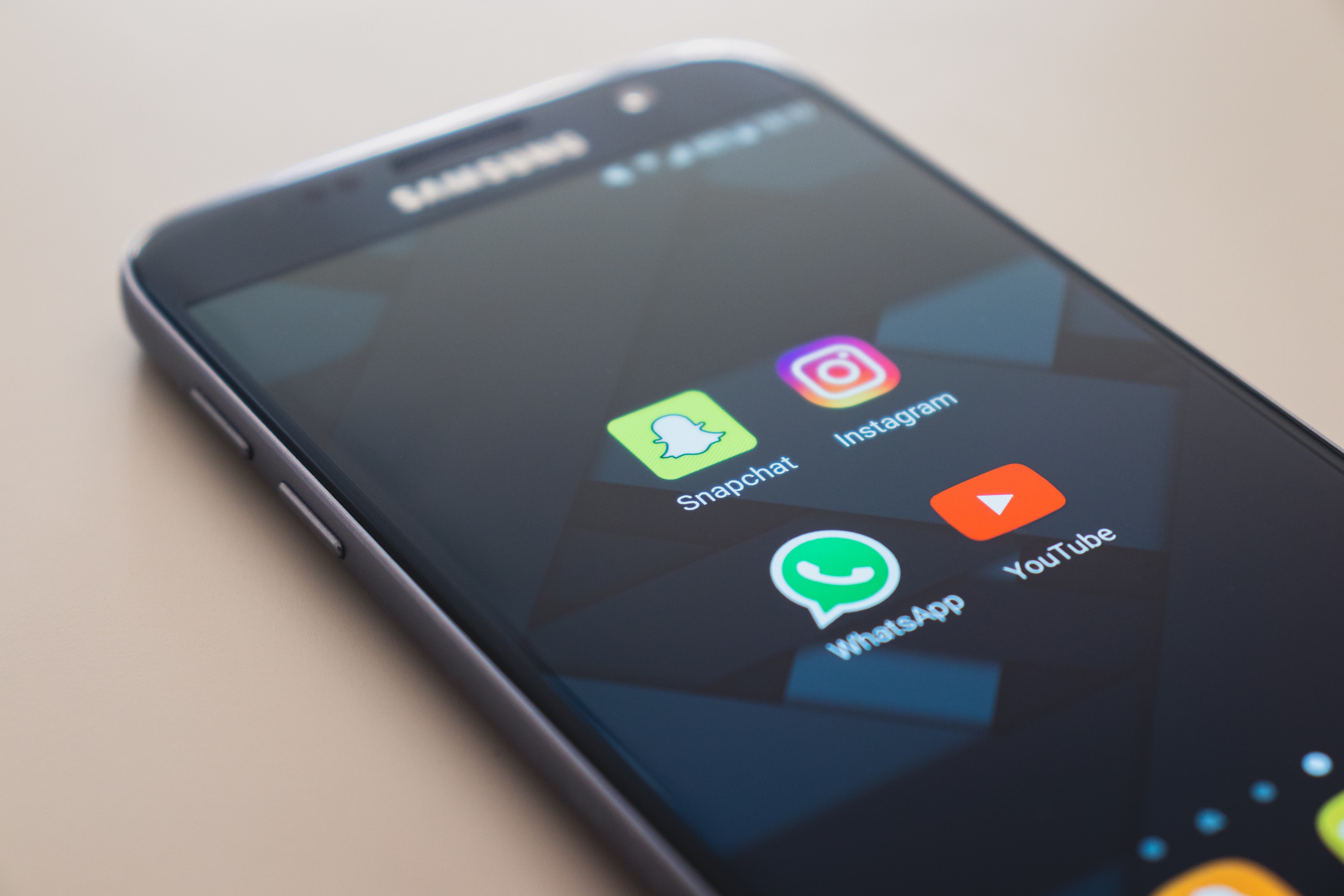I love social media. From the second I wake up, I begin my mechanical routine of scrolling, tapping and swiping. I repeat this drill throughout the day and sometimes deep into the night, gradually zoning out until the phone slips out of my unrelenting grasp.
Being an undergraduate of a university in my early twenties, I am what you call a “millennial”. Yes, that category every digital marketer, publisher, blogger and startups covets so much, yet largely misunderstands. So, it is no surprise that there is a lot of research and data out there that attempts to dissect and understand the digital habits of this untapped treasure trove—the “youth” audience.
While this stats may capture user habits accurately in some climes, it applies a little differently in the Nigerian context, among the student audience. This is because of the challenges peculiar to our environment such as the cap on data usage by telecom companies. So, let us step back from our “datasets” and look at the a practical ways that students in Nigeria use social media based on my experience and observations.
It is often considered odd when students say that they do not use Facebook because everyone is on Facebook. Though it suggests that the platform is now commonplace for young people and we do not use it anymore, that is not completely true. We still do, but not as much as people would expect us to. Facebook is useful and has an alluring quality that other platforms lack, which is the ability to find and connect with our friends. Some students are swayed by the famous “What’s on your mind” question and share their thoughts on different topics, celebrate milestones and post photos of their day-to-day activities, without a restriction to a word-count. Other students rely on it to remember the birthdays of friends and family, and send out wishes.
There is the issue of perception by Nigerian students that Facebook is for “old people”. The same sentiments are shared globally. The Guardian UK newspaper published a forecast in February that stated that 700,000 teenagers and young adults will leave the platform in 2018. Beyond that, the students do not find the content engaging. News feeds are either filled with endless stream of fake news, unsolicited ads, clickbait or Ponzi schemes. In addition, students are wary of adult interference in their lives from their relatives—the nosy parents, aunt or pastor, which is a major turnoff.
However, though students use less of their personal pages, there is a rise in the use of Facebook groups, which are useful for getting information on campus. It is like an unspoken rule that you have to join the “Student Union Government” group. On campus, there is always a group for almost every association that students join, and it creates a sense of identity and community.
Whatsapp has to be the most popular and most used social media platform among students. It started as a simple messaging tool replacing SMS. But thanks to all the extra features like photo and video sharing, video call, group chat and status, among others, the life an average Nigerian student now revolves around Whatsapp. It has Facebook, Instagram, Snapchat, and Twitter all wrapped into one.
With the app, we get real-time lecture updates from our faculty groups and information from other groups we join. We enjoy the seamless (and secure) private chat via text or call, update our “Status” daily and upload selfies, memes, screenshots, quotes, among others things. Student-entrepreneurs also depend on Whatsapp for running their business.
Students are attracted to Whatsapp because it is affordable to use and it consumes little data. The average student is frugal with internet data, considering how expensive it is. However, when students cannot afford full internet data plan, they opt for the cheaper “Whatsapp plan”. They may be unable to access other social media, but they are always on Whatsapp.
Instagram is the queen bee of social networks. It is where students come to share their Sunday best in an attempt to appear cool or hip. From my experience, there are different categories of students on Instagram.
First, there are the students at the top of the social ladder—the hip rich kids, ballers and slay queens. These students use the latest iPhones or some high-end gadget with a great camera to take photos at exotic places, showcase their outfits and cars. Students in this group make up the majority of the people you would find on Snapchat. Another set of students are the enterprising ones who use Instagram to promote their businesses or brands. They consist of photographers, models and comedians. Their posts are usually intriguing and well-curated. Lastly, there is the group of students who are passive users, who post a random collage of their lives, infrequently.
Another attraction for students to Instagram are the comedy videos. With the rise of Instagrammers like Maraji, it has made comedy more appealing to students. So much that several people have even taken the bold step to venture into the art. However, a downside of Instagram is that it consumes a lot of data. Though students love the visual nature of the app, they would prioritise the multi-feature Whatsapp over it if they had to choose.
YouTube
The use of YouTube among students is rather paradoxical. You would expect students to steer clear off the video platform considering how much internet data it consumes, but the opposite seems to be the case. Students are consuming more and more videos every day. Sometimes, they binge-watch YouTube videos, disregarding how much internet data it is consuming.
Videos with good content have proven to be one of the best ways of captivating students who like to watch music videos, comedy skits, movie trailers, football highlights, makeup videos, and once in while, academic-related tutorials.
Many students do not know how to use Twitter, mainly because they do not understand how to navigate the platform to their satisfaction. Many sign-up and then leave and do not return. They use it to post multi-media content from text, photos and videos. The few students that the platform appeals to sometimes emerge to become influencers in their areas of interest. But compared to the level of usage on other social media platforms, Twitter does not appeal to a mass student audience.
Snapchat
Snapchat had its time. There was a period when being on Snapchat was cool. Students wanted to explore this app that put flowers and dog ears on our faces in real-time! It was almost obsessive. But when Instagram introduced the Instagram stories, and later the ability to upload videos on the Whatsapp status feature, they displaced Snapchat within the student community. Students who continue to use Snapchat, eventually share the filter-loaded pictures they take onto Instagram or Whatsapp.
The problem many students had with Snapchat was its limited functionality, there was nothing else to use it for but to take pictures. It was also difficult to find friends or make new friends. It turns out, students turned to other alternatives.
Nairaland
It is baffling that some students still use Nairaland. The general belief is that only student bloggers visit the platform to share links from their blogs and get on the front page. But this is not entirely the case. My roommate, who is in his first year, is a loyal Nairalander. I came to understand that the site is popular among newly admitted students. This makes sense, considering that the education section on the site is a good source for admission-related updates. The other set of students who stick with Nairaland seem to go there for celebrity gossip, bizarre news and politics. It is like Twitter on a “data” budget.
Social media for students is a tool of leisure and utility and the factors that can guarantee long term usability to a platform depends on their ability to feed a sense of belonging, communicate and transact on these platforms without having to worry about a privacy breach or data-friendly rates.



















